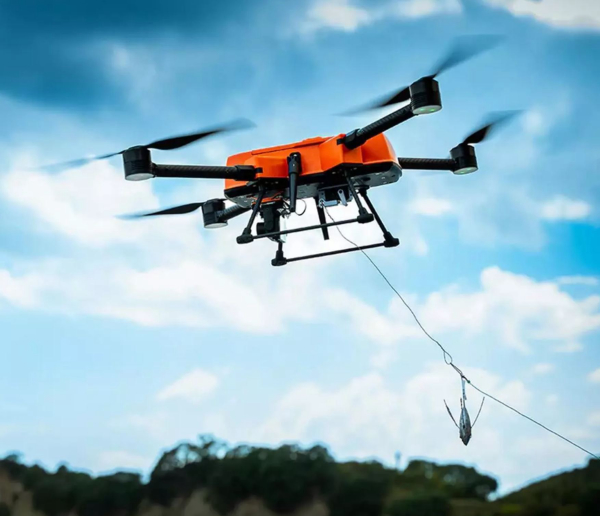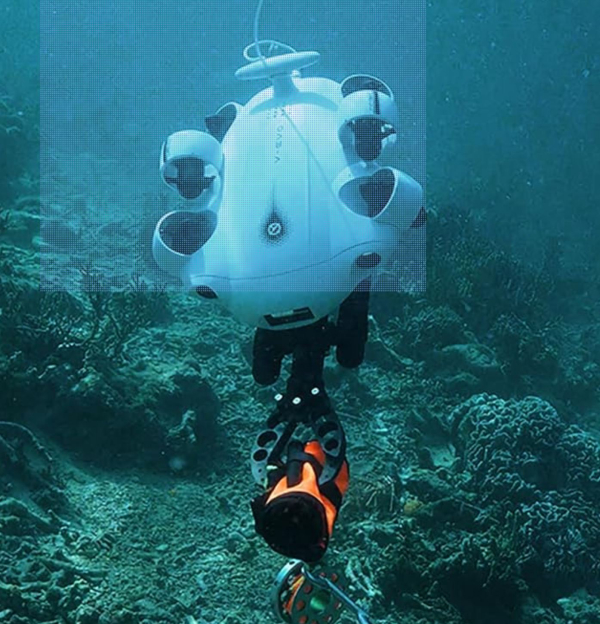
A “Luddite” is an individual who refuses to use new technology, even though it might make things easier/better/faster/smarter. It’s not a complimentary term in this era, to say the least; today, it’s pretty much adapt or die in many fields.
But are anglers who don’t use the latest stuff being Luddites?
In a way, you could say that fly fishers are Luddites, because they are generically dedicated to using equipment that adds to the challenge of catching fish, in most applications. A really good fly caster with an 8-weight or higher can cast 100 feet at best. Any beginning angler can pick up a drug-store spinning rig and cast that far with a flick of the wrist. Yet, there are many dedicated fly fishers who would not think of touching spinning tackle.
Most anglers in the U.S. today are “sport” fishers, which is to say they are fishing as recreation rather than as a way of gathering food, though many do eat some or all of the fish they catch. As commercial fishers have long proven, it’s a lot easier to catch dinner with a net than with a hook and line in most cases, but we prefer the sport of fooling the fish.

Fly fishers would say the self-imposed restrictions on the way they fish adds to the sport. I’d totally agree-there’s something soul satisfying in seeing a nice redfish nosing along a flat, powering out a nice flat loop and dropping a crab pattern in front of him. The fight is also more interesting than with spin or baitcasting gear because you’re handling those loose loops of line until you get it all back on the reel. Tarpon are the same process, multiplied by 1,000.
Be that as it may, we are now in a technological revolution that rivals the Industrial Revolution, with enormous leaps in everything from work and transportation to home life and recreation.
Drones are the current buzz in fishing. Drones capable of lifting a live, foot-long mullet and carrying it out 200 yards off the beach are now being used by tech-savvy young anglers to access everything from tarpon to tuna to monster sharks.
Drones are also an enormous help in scouting new water, and in finding fish in clear water. The elevated camera linked to the monitor/control station gives an osprey-eye view of the water, allowing you to see structure, spawning beds, bait schools and even individual fish from above.
A drone put up above a redfish flat can quickly scout many acres of water that would take a long time on the push-pole or trolling motor, allowing you to focus your efforts on areas where fish or bait is sighted.

For those who have YouTube dreams, drones also make it easy to record yourself finding and catching fish—the better drones have a “follow” mode that allows them to keep you and/or your boat in frame as you chase a fish.
Not only are there flying drones, there are also submersible drones. If you fish where the water is reasonably clear, you can run one of these things down the reef or weedline and see exactly what’s there on the handheld monitor. It would be useful for musky, walleye and smallmouth in clear northern lakes as well as for trout anglers after big lakers in Lake Superior or some western mountain waters. In saltwater, the thing would totally take away the mystery of where the grouper and snapper are located. (We note, though, that high resolution, forward scanning and down scanning sonar has already gone a long way toward this and is a simpler solution, if not less expensive.)
As you might expect, this technology is somewhat pricey, with the sticker typically around $2,000 or more for a full featured drone capable of lifting a surf sinker and bait and flying it out beyond the breakers. The small submersibles are similarly priced.
Personally, I get it, but I’m not that mad at the fish anymore. When I get a few hours to spare I’m likely to leave the house with a single spinning rod in hand and a pocket tacklebox containing a topwater, a soft plastic and a bladed jig, and get into a kayak with paddles and no sonar, leaving my bassboat at the dock.
I’m not a Luddite, I’m just inclined to make things simpler as I get older.
— Frank Sargeant
Frankmako1@gmail.com
